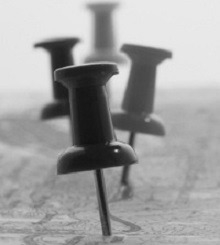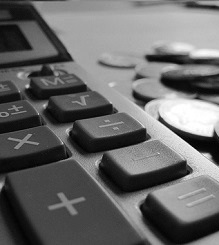Savings Accounts
Pay Yourself First
One of the simplest strategies when it comes to ensuring a strong financial future is to "pay yourself first". This easy investment rule recommends that a minimum 10% of your net income be put aside on a regular basis for savings. For most of us this is easier said than done, especially when at times there is nothing left at the end of the month once all of the bills are paid. Living from paycheque to paycheque means less flexibility to plan for things you want or need and puts even more strain on your budget. And there is the key word, BUDGET.
One of the first things to determine is what you earn and where that money is going. We can help you track your finances and suggest ways to optimize your earnings. You work hard for your money and it is important to make sure that your money also works for you. Click on our Family Budget Plan and take that first big step.
Some easy SmartSteps
- Analyze your budget to see how much you are spending and exactly where you're spending it
- Determine what has to be paid (essentials) and what is discretionary income
- Open a Life Saver High Interest Savings Account
- Select a percentage of your income or a specified amount and arrange for automatic transfer or payroll deduction to your Credit Union savings account
- Treat yourself as a bill you have to pay each month
- Do not skip any payments!
- Set a specific goal
- Increase contributions to your savings by pretending you didn't get a salary increase; put that increase in your savings instead
- If you pay off a debt, take the payment amount and increase contributions to your savings
- Take your lunch to work each day and save an average of $2,600 per year
Are you aware of what you are spending?
| Weekly = 5 Days | Over One Year | Over Five Years |
| $15 (2 cups of coffee a day = $3) | $780 | $3,900 |
| $50 (lunch average of $10 per day) | $2,600 | $13,000 |


